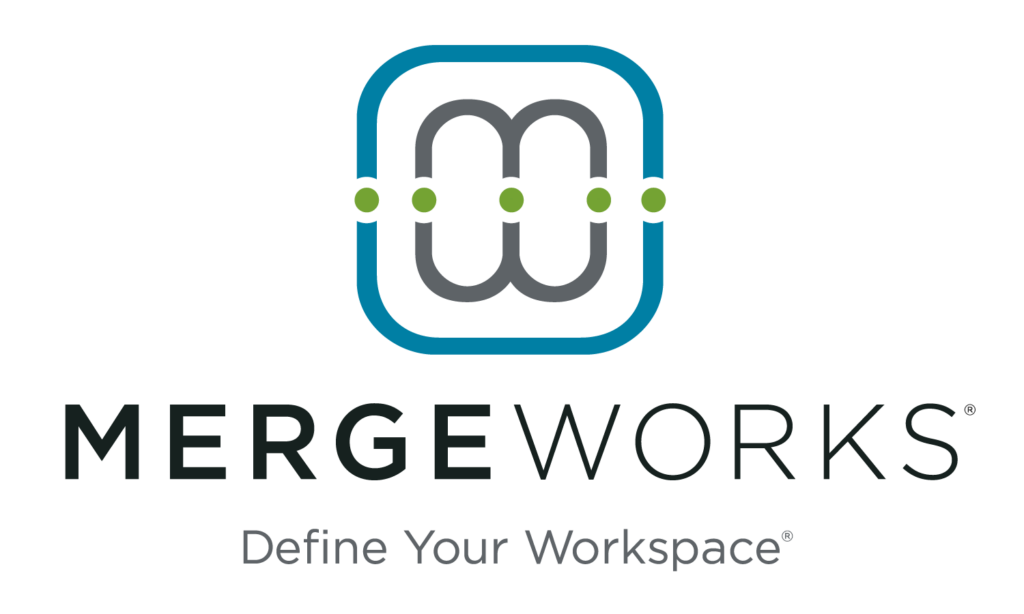Taxes are behind one of the oldest business-owner curses: The more you pay yourself, the more it could cost you in the long run. A huge culprit in this scenario is the Social Security tax. Most often, what you put into Social Security is nowhere near what you get out of it in benefits. And once you reach a certain salary level, it can become a real sticking point. Balancing the wages you deserve with an income that is tax-effective is the key.
The issue here is with your estimated primary insurance amount (PIA), which is the number the Federal government uses to estimate the benefits you’ll receive if you retire at a normal retirement age (currently set at 62). The PIA is calculated using ‘bend points’ based on your average indexed monthly earnings. According to the Social Security Administration, an individual who becomes eligible in 2014 (by retiring at 62 or becoming disabled) has a PIA of:
A) Ninety (90) percent of the first $816 of his/her average indexed monthly earnings, plus
B) Thirty-two (32) percent of his/her average indexed monthly earnings over $816 and through $4,917, plus
C) Fifteen (15) percent of his/her average indexed monthly earnings over $4,917.
If your business is structured in a way that makes you an employee (a Corporation or S Corp), you’ve become accustomed to paying the complete 15.3 percent FICA (Social Security and Medicare) tax: more than any other wage earner. But, alas, your Social Security payout remains the same as everyone else’s. So once your average indexed monthly earnings exceed $59,004, you’re paying 15.3 percent on those earnings with only a 15 percent return on your investment. Essentially, you’re just “trading dollars” at that point. What’s worse, those dollars won’t come back into your life until you retire. The only beacon of light after that is a wage base cap of $117,000, with no additional Social Security taxes due above that amount.
If you find yourself just inches above the 15 percent mark, then, take a good look at whether your current wages are helping or hurting your retirement strategy. Simply slashing your current wages may not be the answer, as the IRS requires business owners to pay themselves ‘reasonable compensation.’ What’s reasonable? It depends on several – sometimes complicated – factors. For this reason, we work closely with business owners to help guide them toward a reasonable income that both parties (the business owner and the IRS) can feel good about, while any lost wages are moved to other areas that can benefit the business owner.
Image credit: basketman23 / 123RF Stock Photo















